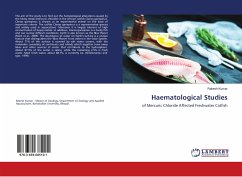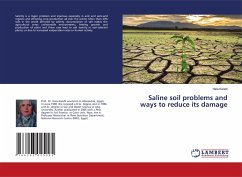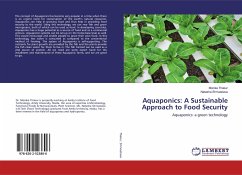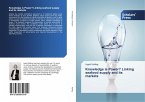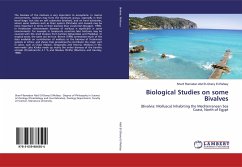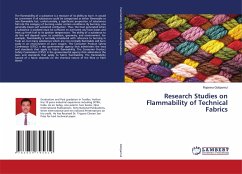The aim of the study is to find out the hematological alterations caused by the heavy metal (mercuric chloride) in the African catfish Clarias gariepinus. Clarias gariepinus is chosen as an experimental animal on the basis of important criteria. The catfish Clarias gariepinus is a representative species and widely used in aquaculture. Moreover it is largely tolerant of high concentration of heavy metals. In addition, Clarias gariepinus is a hardy fish and can survive difficult conditions. Earth is also known as the Blue Planet (Mark et al., 2009). The abundance of water on Earth's surface is a unique feature that distinguishes the "Blue Planet" from others in the Solar System. About 71% of the surface is covered by salt water oceans, with the remainder consisting of continents and islands which together have many lakes and other sources of water that contribute to the hydrosphere. About 97.5% of the water is saline, while the remaining 2.5% is fresh water. Most fresh water, about68.7%, is currently ice, (Shiklomanov and Igor, 1999).

